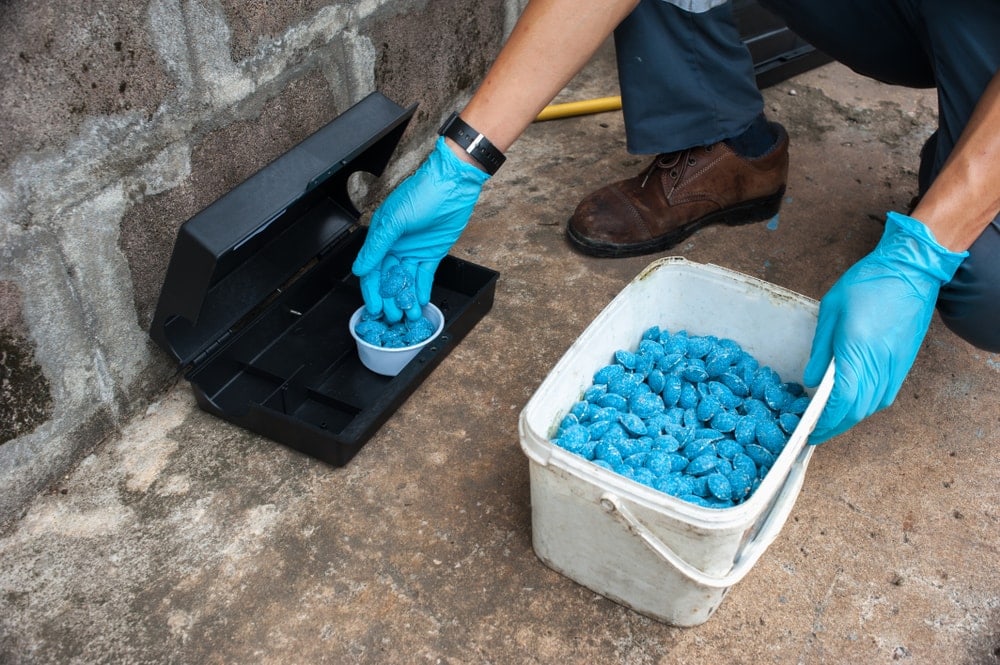

If you are used to GNU screen, you will feel at home very soon. Now type Ctrl+t and then ? to get a list of keybindings. Commands begin by pressing Ctrl+t, and are then followed by another combination such as Ctrl+Space to move to the next window.Īfter X11 starts up you will see a black screen and a little textbox on the upper right of it that says "Welcome to Ratpoison". The user interface is inspired by GNU Screen.īy default, ratpoison controls in much the same way as Emacs. Ratpoison is a tiling window manager written in C that allows the user to manage applications without a mouse. Remember, all key strokes are preceded with Ctrl+ t.Ī useful pair of commands are Ctrl+ t n (shifts your view to the next window like conventional alt+ Tab ↹) and its inverse Ctrl+ t p (shifts your view to the previous window if you just Ctrl+ t n'ed, for example, a Ctrl+ t p will take you back to the original window).Reason: Poor style, duplicate content (Discuss in Talk:Ratpoison) Try a few different key strokes – you can find the command list in the ratpoison manual or info documentation, or you can type Ctrl+ t ?, which will give a brief list of sequences. Please see one of the advanced chapters for more information on adjusting key bindings. Note that if constantly pressing Ctrl+ t to prefix all commands is uncomfortable (if you, for example are using the Dvorak keyboard layout) you can change it dynamically or in the configuration file. Now you can do anything you could do on the command line, and you can even run your graphical programs like Firefox – ratpoison will automatically switch to the newest windows. Immediately an X terminal opens up and takes over the screen (assuming xterm is installed as it usually is) in other words, the command c creates a console window. This means that ratpoison has taken over the keyboard and is ready to interpret any letter typed as a command (as opposed to normal operation where anything typed is sent to an application to deal with).Īfter typing Ctrl+ t, try hit the c key (note that this is a lowercase key capital C does not currently do anything). Try typing Ctrl+ t, and you'll see that the mouse changes into a white square. No matter what you click with your mouse on the root window, nothing will happen.Īll ratpoison commands are initiated by typing the escape key sequence.īy default, this is Ctrl+ t (in Emacs notation, which is preferentially used by ratpoison documentation and users: C‑t).

Ratpoison is only controlled by the keyboard

Now is where the fun starts, but first some background on how to interact with and control ratpoison. This welcome message instructs you to type in C-t ? if you have any questions. Within a second or two, you'll see a cursor in the middle of the screen superimposed on a dappled grey background, and a small welcome text in the upper right corner that welcomes you to ratpoison.


 0 kommentar(er)
0 kommentar(er)
